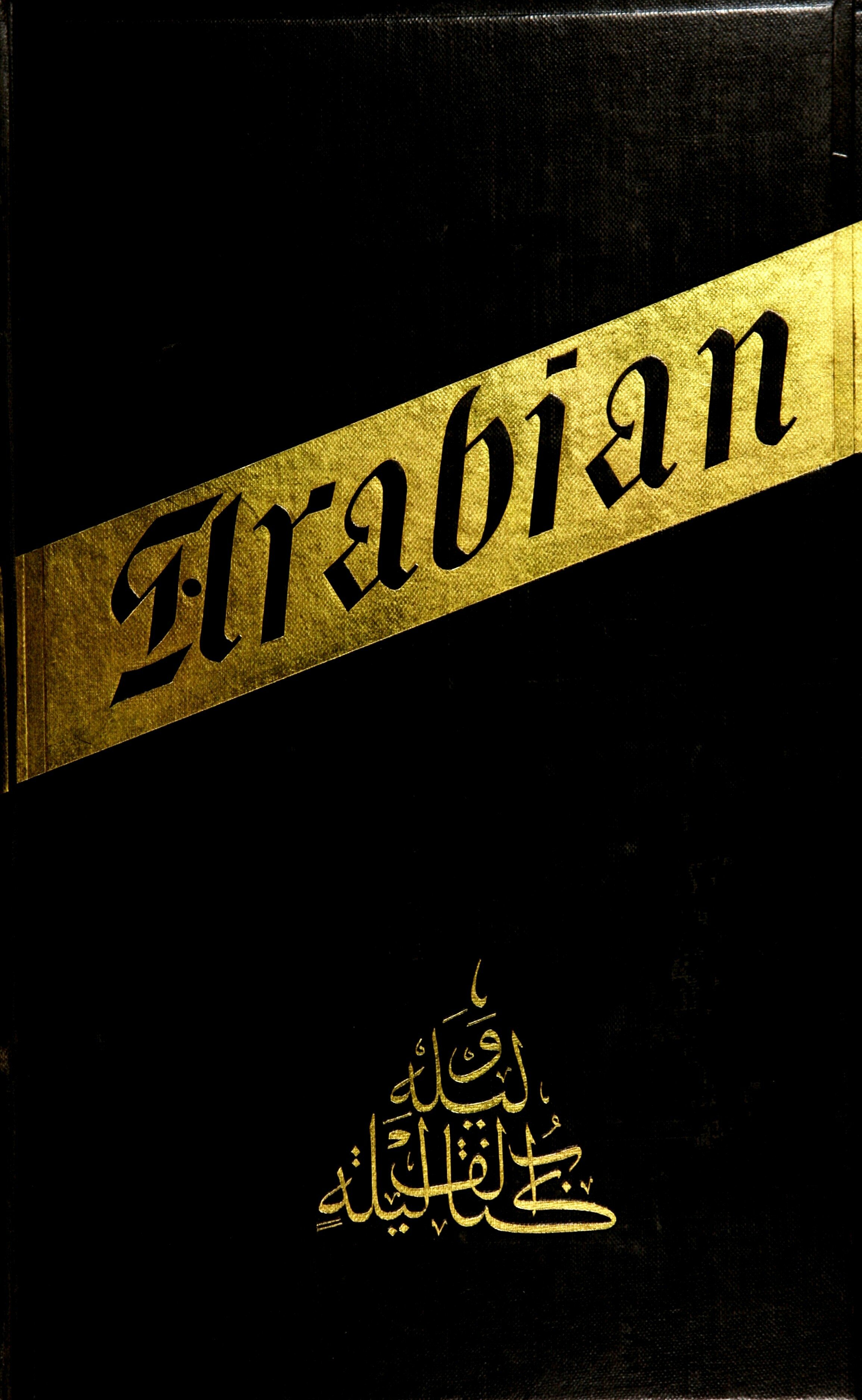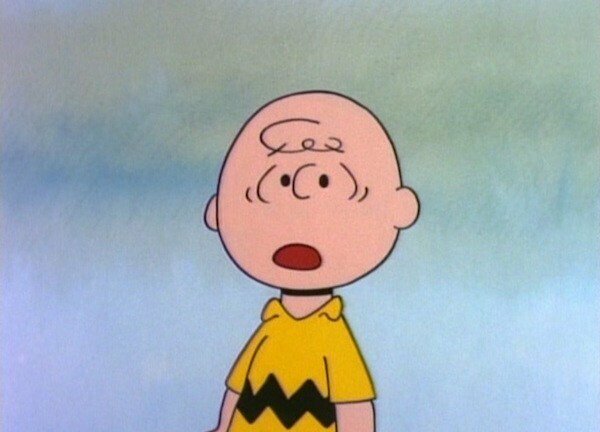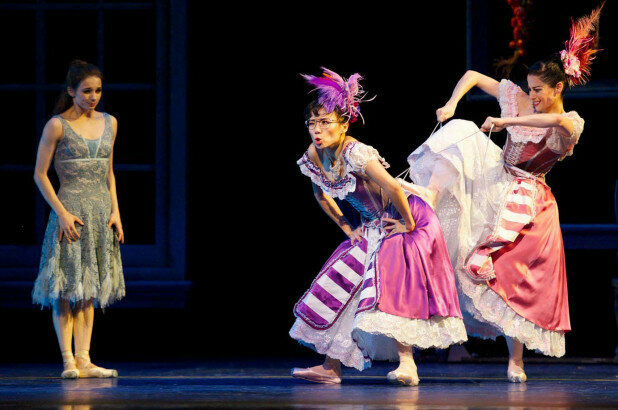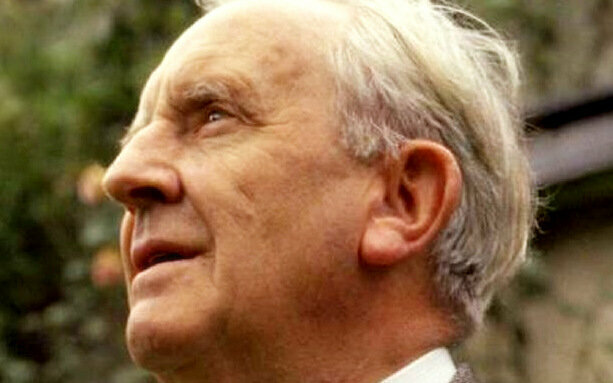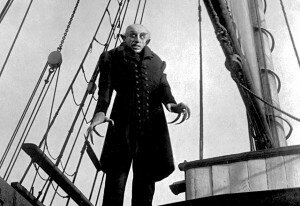
F.W. Murnau’s Nosferatu, played by Max Schreck
Count Dracula came to life in 1897 in the novel Dracula by Irish writer Bram Stoker. Through the story we learn of the vampire’s attempt to move from Transylvania to England in search of new blood and to spread the curse of the undead. Lead by Professor Abraham Van Helsing, a group of men and women (Jonathan Harker, Mina Murray, Lucy Westenra, Quincey Morris, etc.) finally defeat Dracula after chasing him out of England and back to Transylvania.

Sir Francis Varney, the Vampire (1845)
In 1999, American composer Philip Glass set new music to Tod Browning’s 1931 film with Bela Lugosi, writing for the innovative Kronos Quartet. The original film had not been issued with a soundtrack, merely the instructions that Tchaikovsky’s Swan Lake be played during the opening credits and the overture to Wagner’s Die Meistersinger for an opera scene.
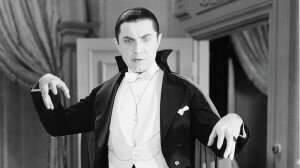
Bela Lugosi as Dracula
French composer Pierre Henry wrote 8 episodes of Dracula, scored for electronics, samples, and tape. His use of electronics overlaid on the music of Wagner (from Das Rheingold and Die Walküre) makes us reconsider not only Dracula’s world but also Wagner’s . It makes for very strange, almost creepy listening.
Henry: Dracula: Episode 1 (Pierre Henry, electronics)
Anthony DiLorenzo took up the tale in a piece for Proteus 7, a brass ensemble in which he normally plays trumpet, writing it as a ballet. One of the closing numbers, ‘Run for Your Life,’ captures the fear and flight of the dancers.
DiLorenzo: Dracula: Act II: Run for Your Life (Steven Jackson, clarinet; RobSchwimmer, theremin, daxophone, waterphone; Lo Ryun uie, percussion; Proteus 7)
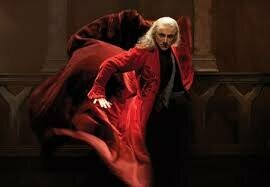
Dracula, played by David Hovhannisyan
(Milwaukee Ballet, 2011-12)
Mothersbaugh: Hotel Transylvania: Dracula Tunnel
To return to classical composers, Philip Feeney wrote his Dracula for the Northern Ballet Theatre. In the first Act, Jonathan Harker arrives with Mina Murray and Dr. Helsing to visit the Count. They stop at a village in Transylvania where the villagers are holding an ancient ceremony to protect their village on All Souls Night.
Feeney: Dracula: Act I: Transylvania (Northern Ballet Theatre Orchestra; John Pryce-Jones, cond.)
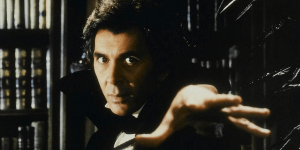
Frank Langella as Dracula
Del Tredici: Dracula (Hila Plitmann, soprano ; Cleveland Chamber Symphony; David Del Tredici, cond.)
John Williams, better known for Star Wars and other space operas, also wrote music for Dracula. This 1979 film, starring Fran Langella, brought the Count out of the 1930s world of Bela Lugosi. Laurence Oliver plays Van Helsing. Williams brings out the horror of the night.
Williams: Dracula: Night Journeys (Hollywood Bowl Orchestra; John Mauceri, cond.)
And then you can just send up every monster movie ever….!
Eggert: The Son of the Daughter of Dracula versus the Incredible Frankenstein Monster (from Outer Space) (Kavina, Lydia theremin; Buchholz, Barbara theremin; Kammerensemble Neue Musik Berlin )
Dracula gives us the opportunity to explore the dark side of human nature – an appetite for the unsavoury, a desire to live forever – and still go home … but leave the lights on.

